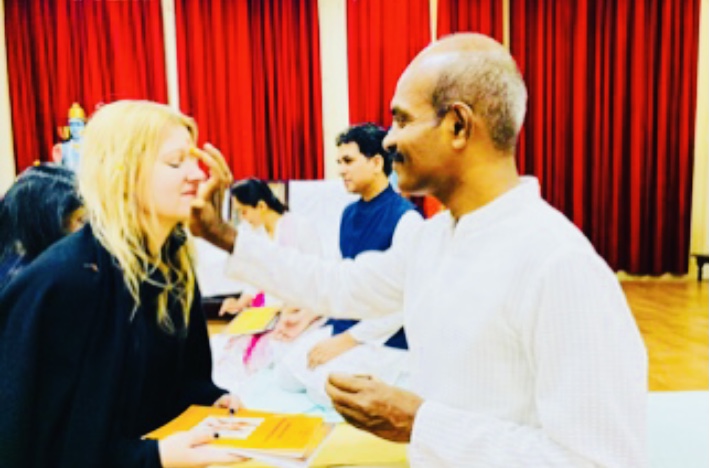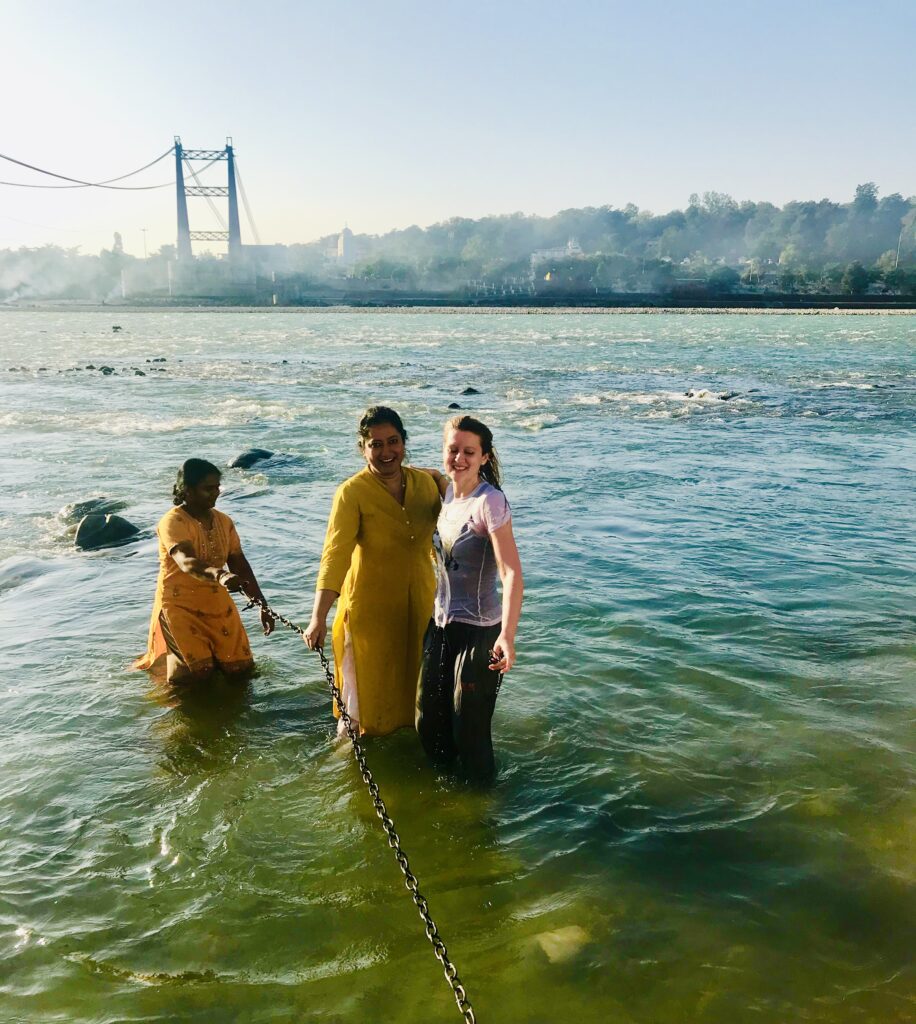
Yog and Prayog

We owe a great debt to the beautiful wisdom and practical applications of (ancient) Indian sacred knowledge and wisdom. They were scientists.
I wrote about this in my blog when I studied yog in India in 2019. You can read it here.
Yog+ a ( yoga) is the ‘romanised’ ( latinised) Westernised written version. It is sadly devoid of its original full wholesome meaning.
Yog means Union. Wholeness.
In Western psychology/philosophy the closest I found is ‘self-integration’: physically, mentally, emotionally, psychologically, spiritually, energetically.
Prayog means experiment.
Freud might not be the father of Psychology. Patanjali had already covered much of what Freud later discovered – for a Western audience.
This knowledge can’t be understood intellectually. It has to be experienced. Hence those who practice yog are “yogis”practicing “prayog” experiments.
The Yog I was taught has 8 limbs ( ashtanga): self-discipline, asanas ( the physical side) breath work, withdrawal of the senses (from external experience), concentration, meditation and Union.
All limbs are important, including asanas. They do not work in isolation. Why?
Each limb helps us gain an understanding of ourselves by understanding each part and the whole. They help us differentiate between our wounded ego selves (personas) and our true self (the seer or soul).
Suffering happens when we are unconsciously (outside our conscious awareness) identified to our lifelong created personas.
A wholesome practice of all the elements of yog helps us break through the veils of illusions, our conditioning, defense mechanisms, what is also known as ‘maya’ in yog or buddhist philosophy or ‘the matrix’ in Western pop psychology.
I maintain a small private client practice during my final Doctoral year. I work integratively incorporating Western psychology with a humble practice of elements of yog and meditation as well somatic/movement work. If you wish to work with me, feel free to connect with me here.

